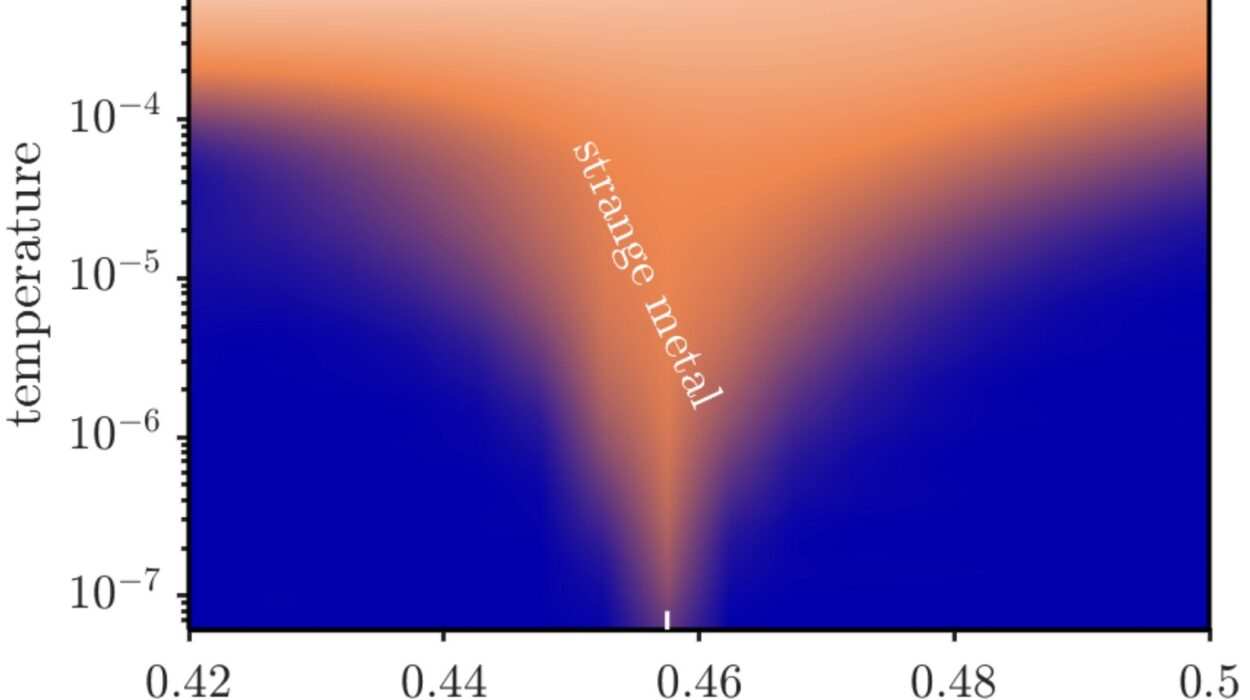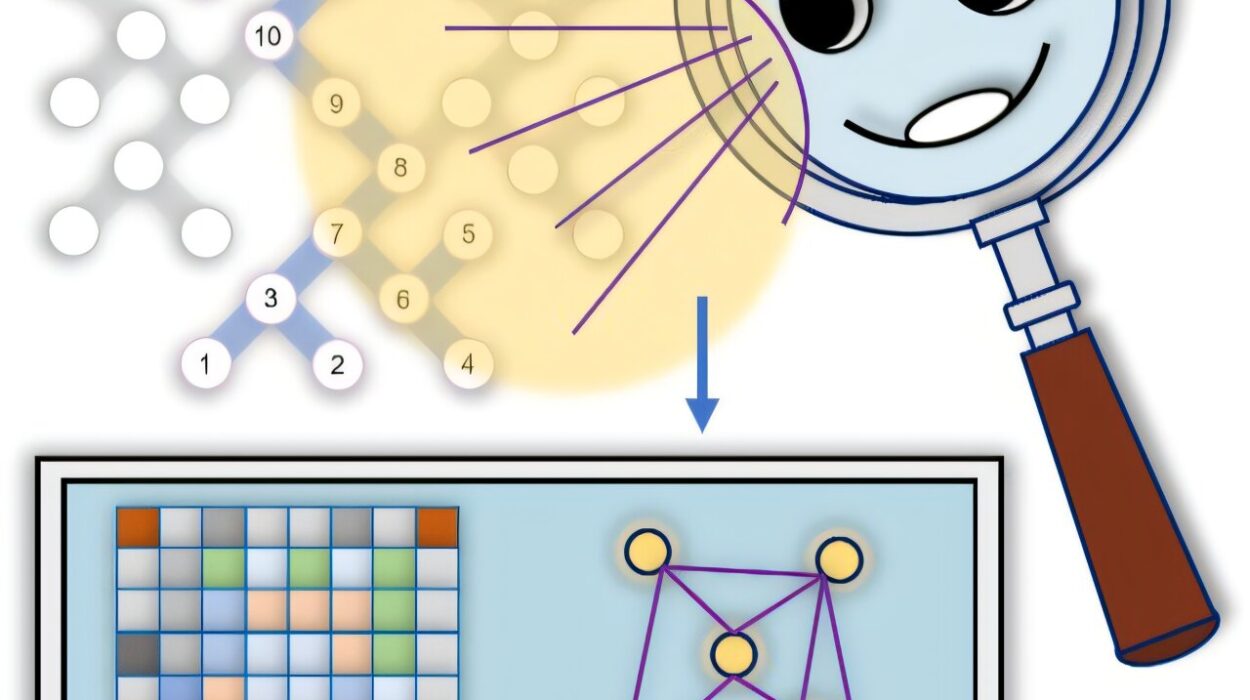At the turn of the 20th century, physics stood on the edge of a transformation no one could have fully imagined. For centuries, Isaac Newton’s laws had reigned supreme, offering seemingly unshakable truths about motion, force, and gravity. The universe, according to Newton, operated like a precise and predictable clockwork machine. Time ticked evenly everywhere, space stretched infinitely and uniformly, and objects moved according to fixed rules. It was a comforting, orderly vision of reality.
But beneath this calm surface, cracks had begun to appear. Experiments with light were revealing puzzling anomalies. The equations of electricity and magnetism refused to fit neatly into Newton’s framework. Scientists struggled to explain why the speed of light seemed stubbornly constant, defying the usual laws of motion. Something was amiss, something fundamental.
Into this confusion stepped a young patent clerk named Albert Einstein. In 1905, without the benefit of a university position or laboratory, he published a paper that would shatter centuries of scientific thought. This work, later known as the Special Theory of Relativity, redefined our understanding of space, time, and motion. It revealed a universe far stranger and more wondrous than anyone had dared to imagine—a universe where time can stretch, space can bend, and the speed of light stands as an unbreakable cosmic speed limit.
The Speed of Light: Nature’s Cosmic Benchmark
To grasp special relativity, we must first understand light itself. Light had long fascinated scientists, philosophers, and poets alike. It moves astonishingly fast—about 300,000 kilometers per second in a vacuum—so fast that for centuries it was assumed to be instantaneous. Yet even when physicists measured its speed, one mystery remained: Why does light travel at the same speed for every observer, no matter how fast they themselves are moving?
This question came to a head in the late 19th century with the famous Michelson-Morley experiment. At the time, scientists believed light must travel through a medium called “aether,” similar to how sound moves through air. Michelson and Morley built a sensitive instrument to detect this aether by measuring tiny changes in light’s speed as Earth moved through space. To their astonishment, they found no difference at all. The speed of light remained constant in every direction, as if the universe itself conspired to keep it unchanged.
This result was baffling. According to Newtonian mechanics, speeds should add and subtract naturally. If you run forward inside a moving train, your speed relative to the ground is your running speed plus the train’s speed. Shouldn’t light behave the same way? But light refused to play by these rules. It remained at the same cosmic pace regardless of how fast the source or observer moved.
Einstein’s genius lay in taking this constancy not as a puzzle to be solved away but as a fundamental truth. He made a bold leap: If the speed of light is always the same, then our notions of space and time themselves must be wrong. They could no longer be separate, absolute entities. They must be interconnected, flexible, and relative.
The Birth of Special Relativity
Einstein’s 1905 paper began with two simple postulates that seemed almost modest but carried profound consequences. First, the laws of physics are the same for all observers moving at constant speeds relative to one another—there is no special or preferred frame of reference. Second, the speed of light in a vacuum is constant for all observers, no matter their motion or the motion of the light source.
From these foundations, Einstein rebuilt physics. Space and time, once thought of as rigid and independent, merged into a single four-dimensional fabric called spacetime. Events in the universe were no longer described by where and when they happened separately but by their coordinates in spacetime. Motion through space affected motion through time, and vice versa.
This fusion led to astonishing predictions. Moving clocks tick slower than stationary ones. Objects in motion shrink along their direction of travel. Energy and mass are interchangeable, encapsulated in the famous equation E = mc². The universe became a place where reality itself shifts depending on your state of motion—a concept that seemed almost magical, yet was grounded in solid mathematics and experimental evidence.
Time Dilation: When Seconds Stretch
One of the most mind-bending consequences of special relativity is time dilation. Imagine you have a twin, and one day they board a spaceship traveling near the speed of light while you stay on Earth. When your twin returns, they will have aged less than you. Their journey through time would have been slower simply because of their high-speed motion.
This effect is not science fiction; it has been confirmed countless times. In experiments with particles moving close to light speed, their internal “clocks” slow down compared to particles at rest. Even on commercial airliners or satellites orbiting Earth, the difference in time is measurable, requiring corrections in technologies like GPS to maintain accuracy.
Time dilation challenges our everyday intuition. We think of seconds as universal, ticking the same for everyone. Special relativity shows otherwise: Time is relative, flowing differently for observers moving at different speeds. Yet to each observer individually, nothing seems strange—their own clocks always feel normal. It is only when comparing one clock to another in a different frame of motion that the discrepancy appears.
This phenomenon reveals a profound truth: There is no single, absolute “now” stretching across the universe. The present moment depends on your state of motion. Reality itself is a tapestry woven from countless overlapping threads of time, each belonging to a different observer.
Length Contraction: The Shrinking of Space
Alongside time dilation comes another surprising effect: length contraction. To an observer watching a high-speed object, that object appears compressed in the direction of its motion. The faster it travels, the shorter it seems.
Like time dilation, this is not a trick of perception but a real physical effect. If you were onboard the moving object, you would not notice any change in its length. To you, everything feels normal. But to a stationary observer, the object has literally shortened.
This contraction is tied to the finite and unchanging speed of light. As objects approach this cosmic limit, space and time adjust to preserve the fundamental laws of physics. If lengths did not contract, and time did not dilate, inconsistencies would arise. Relativity ensures the harmony of physical laws by reshaping the fabric of reality itself.
Simultaneity: The Illusion of Universal Time
In everyday life, we take simultaneity for granted. If two events occur at the same moment for us, we assume they happen simultaneously for everyone. Special relativity shatters this assumption.
Consider a train moving rapidly along a track. A bolt of lightning strikes both ends of the train at what appears, from the ground, to be the exact same time. But to a passenger on the moving train, the lightning at the front strikes first. There is no contradiction—both perspectives are valid. The concept of “now” is not universal but depends on the observer’s motion.
This relativity of simultaneity forces us to rethink causality and the passage of time. Events that seem neatly ordered from one vantage point can unfold differently from another. The universe is not governed by a single cosmic clock but by a web of relative timelines.
The Ultimate Speed Limit
Special relativity also establishes a fundamental cosmic speed limit: nothing with mass can travel faster than light. As an object accelerates closer to light speed, its energy and mass effectively increase without bound, requiring ever more energy for further acceleration. Reaching the speed of light would demand infinite energy—an unattainable goal.
This limit has profound implications. It preserves causality, ensuring that effects cannot precede causes. It shapes the size of the observable universe, defining a cosmic horizon beyond which we cannot see. It even hints at the nature of spacetime itself, suggesting that light’s speed is not just a feature of photons but a property of the universe’s structure.
Though nothing can surpass light speed, relativity allows for incredible feats. Near-light-speed travel can slow time dramatically, enabling journeys to distant stars within a human lifetime (though millennia pass for those left behind). The universe becomes not just vast but malleable, its dimensions stretching and compressing with motion.
E = mc²: Energy and Mass Entwined
Among Einstein’s insights, none is more famous than the equation E = mc². It states that energy equals mass times the speed of light squared. This deceptively simple formula reveals that mass is not a fixed, separate entity but a condensed form of energy.
This equivalence underlies everything from the sun’s nuclear fusion to the destructive power of atomic bombs. In the sun, tiny amounts of mass transform into enormous bursts of energy, sustaining life on Earth. In nuclear reactions, the same principle releases vast power from small quantities of matter.
But beyond practical applications, E = mc² changes our understanding of existence itself. Matter is not solid and immutable but dynamic and interchangeable with energy. The universe is a dance of transformations, with mass and energy flowing seamlessly into one another.
Experimental Proofs: Testing Relativity
For all its strangeness, special relativity is not speculation. It has been tested and confirmed in countless ways. Particle accelerators routinely observe time dilation in high-speed particles. Muons, subatomic particles created in the upper atmosphere, reach Earth in far greater numbers than expected because their internal clocks slow down as they speed toward the surface.
The precision of modern GPS systems also relies on relativistic corrections. Without accounting for time dilation between satellites and Earth’s surface, navigational errors would accumulate rapidly, rendering the technology useless. These real-world applications demonstrate that relativity is not just theory but an everyday fact of life in the modern world.
Beyond Special Relativity: Toward the Cosmos
Special relativity focuses on observers moving at constant speeds. It does not account for acceleration or gravity. Einstein extended these ideas in 1915 with the General Theory of Relativity, which describes how mass and energy warp spacetime, giving rise to gravity itself.
Yet even as part of a broader theory, special relativity remains foundational. It introduced the concept of spacetime and established principles that underpin modern physics, from quantum field theory to cosmology. It reshaped our understanding of the universe’s origins, the behavior of black holes, and the expansion of galaxies.
The Human Side of Relativity
Einstein’s ideas did more than revolutionize science—they changed humanity’s place in the cosmos. Before relativity, the universe felt fixed and absolute, a grand stage where events unfolded predictably. After relativity, the stage itself became dynamic. Space and time, once unyielding, now stretched and curved. The observer became inseparable from the observed.
This shift sparked philosophical debates and inspired generations of thinkers and artists. Relativity entered popular imagination, symbolizing human curiosity and the breaking of boundaries. It challenged our notions of certainty and reminded us that even the most basic concepts—time, space, reality—can transform under deeper scrutiny.
Einstein himself remained humble about his discovery. He once said, “The important thing is not to stop questioning. Curiosity has its own reason for existing.” Special relativity embodies this spirit of inquiry, showing how a willingness to challenge assumptions can unlock hidden truths of the universe.
The Journey Ahead: Light Speed and Beyond
As we continue to explore the cosmos, special relativity guides us. It shapes our spacecraft trajectories, informs our understanding of black holes, and defines the limits of interstellar travel. Scientists speculate about wormholes, warp drives, and other exotic possibilities that might one day allow journeys beyond light speed without violating relativity’s rules.
Yet even if we never surpass this cosmic limit, relativity offers a different kind of voyage—a journey of the mind. It invites us to see the universe not as static but as a living, dynamic fabric woven from the interplay of space, time, and light. It shows that reality is richer, stranger, and more interconnected than our senses suggest.
As long as humanity looks to the stars, the legacy of special relativity will endure, guiding our understanding of what is possible and reminding us that the greatest discoveries often begin not with certainty, but with wonder.






